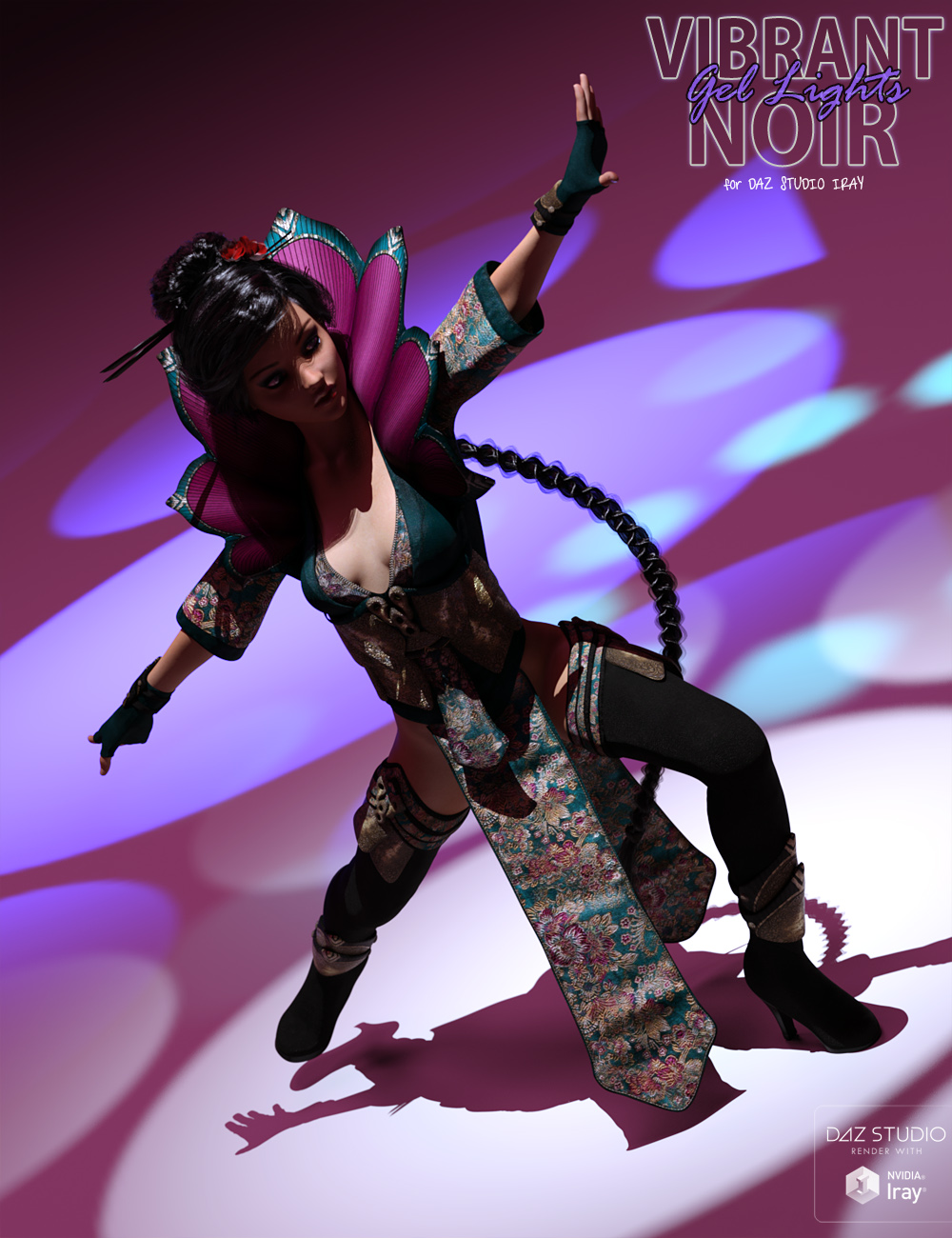

Now we have these settings for ‘Light Sun Specular.’ This is the main specular light, so we’ll leave it on 100% intensity. Shadow softness is not important for a specular light, so we’ll leave the softness setting on 0%.

This specular light and the other ones we add will help the lighting define the subject and add realism. Then go to the Parameters Tab and scroll down to the Shadow and the other properties.Ĭhange the Shadow Type to ‘Deep Shadow Map.’ Then let’s change Light Illumination to ‘Specular Only.’ The brightens decreases noticeably. Select ‘Light Sun Specular’ in the Scene Tab. However, this second light is supposed to be a specular light.
#Daz studio iray lighting tutorial full#
There are two full lights shining on her right now. Name the new light ‘Light Sun Specular’ and press ‘Accept.’ We want to create a specular light for the ‘Light Sun.’ Go to CREATE –> DistantLight. Now you can change back to the ‘Default Camera’ and check the lighting. You’ll notice that the perspective is distorted when viewing as the light. In this picture, I have chosen a direction pointing from above front onto Victoria’s right side. Hold down the mouse button (left for those who need to know that) on the ‘Camera Orbit Tool’ and move your mouse around.Ĭhoose a direction. That’s just more hassle and work when you can use the Scene Tab to find it and the View function in DAZ Studio to point it. It doesn’t matter, because you can always find it in the Scene Tab alphabetically listed with the other ‘Lights.’ There’s never a good reason to move a Distant Light from the default location. It could be hidden inside of a prop or figure. It’s very easy to point the light by using the ‘Camera Orbit Tool.’ Another great thing about this is that you don’t even need to see the Distant Light icon in the scene. Now you’re actually looking in the same direction that the distant light is pointing. You’ll see ‘Light Sun in the list.’ Click on it to select it. Go to the ‘View Selection List’ drop down and click on it.

It turns out there’s a much better and easier way to do this. I used to use the transform bars on the Parameters tab to pose lights. This isn’t very dynamic, so we’ll want to change it. The default direction is simply in the same direction that the camera by default is pointing which is into the eyes of the figure when it is first loaded. As long as the light is pointing in the same direction, you can put it anywhere in the scene and there will be absolutely no change in the lighting effect. For this reason, it’s not necessary to move a distant light away from the default position on the ground in the middle of the scene. For this tutorial, Victoria 4.2 EZ is equally effective and if you’d like to follow along you should use either Victoria 4.2 or Victoria 4.2 EZ.ĭistant Lights give light of equal strength in a single direction throughout the whole scene. Place a figure or primitive into the scene. To start off, open a new, empty scene in DAZ Studio (FILE –> New). Since this is a basic tutorial, we’ll only be using the Distant Light. The Distant Light does have infinite distance in the scene and is probably the easiest to work with for this reason. The Point Light and the Spot Light do not have infinite distance. A Spot Light, as the name suggests, is a light from a specific point in the scene that shines in one general direction, like a flashlight beam. It is the same strength everywhere in the scene, but unlike a point light, it only points in one direction. Distant light doesn’t fade over an extent of space. A Distant Light is light that goes in a single direction and radiates as if from a plane throughout the whole scene. A Point Light is a light that radiates in all directions from a specific point where it is located. These are:Įach of these types of light has a different function. There are different kinds of lights you can use in Studio. Multiple lights and shadows are essential to proper lighting.


 0 kommentar(er)
0 kommentar(er)
